Interviews
Hiding out to avoid the concentration camps (Spanish)
(Spanish) I had the opportunity to accompany my father on a visit to see his friend, but on the way we had gone to a farm where…his friend had a farm, he was another Nihonjin, but he was a very intelligent person, he looked so smart, he had books, but it seemed that this man knew a lot of what happened to the Japanese community. I was playing, acting like I minded my own business, I was playing – I’m not sure if it was with a car – I believe it was a wooden truck, and the two of them were seated drinking rum with ocha, and it was there that I heard something that scared me.
He told my father: “Listen Tsukeo”. Not Tsukeo. “Listen Shinki, you know what, get out of here. Sell your store, both stores, you have a grocery store (it was called a tambo). You have a grocery store and you have a restaurant, which shows that you have money, although you are not black listed [yet]. If an informer comes around, you are doomed, and they will bring you to a concentration camp.” Isn’t that something? And my father said, “it has to be done.”
He respected his friend because he looked as a smart guy. And that is what happened: [my father] sold the store to an employee and afterwards he sold the restaurant and then left. He left us with our house; we had a small house where my father, mother, and I lived. When he sold the store, he fled to the countryside and slept in his clients’ homes, and those who his clients were the chacareros, or farm laborers. The chacareros did not have…at that time – here I am talking about before 1940 – one had to take into account that thing, God knows how, in which corner he slept, how to…it´s certain there was no place to sleep, how he slept I don’t know, on a sofa, and so he wouldn´t bother much one family he went to other families and in this fashion until he contracted pneumonia and returned to us.
Date: September 6, 2007
Location: Lima, Peru
Interviewer: Harumi Nako
Contributed by: Asociación Peruano Japonesa (APJ)
Explore More Videos


An emotional response from mother upon talking about incarceration experience
(b. 1946) Lawyer
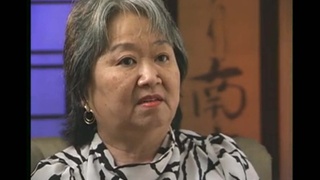

Thoughts on relationship between Japanese Peruvians and Japanese Americans at Crystal City, Texas
(1937 - 2021) Teacher

Encountering a train full of Japanese Americans being transported to a concentration camp
(b. 1923) Chick sexer

Sneaking out of the Hastings Park camp during World War II
(b. 1928) Doctor. Former Chair of the Japanese Canadian Redress Foundation.
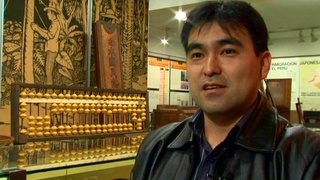
Origins of the Matsuri Daiko Group in Peru (Spanish)
(b. 1974) Director of Ryukyu Matsuri Daiko in Peru

The kimochi surpasses technique (Spanish)
(b. 1974) Director of Ryukyu Matsuri Daiko in Peru
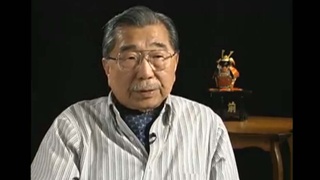
A Dutiful Son
(1918-2012) Fought the constitutionality of Executive Order 9066.

Bypassing the Constitution
(1918-2012) Fought the constitutionality of Executive Order 9066.

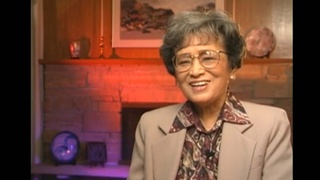
Erasing the Bitterness
(1923–2008) One of the leaders behind the redress movement.
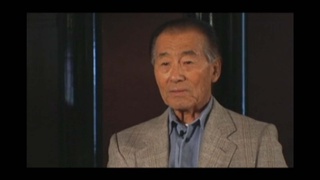
Speaking out in camp
(1916-2010) draft resister, helped form the Heart Mountain Fair Play Committee

Would do the same again
(1916-2010) draft resister, helped form the Heart Mountain Fair Play Committee
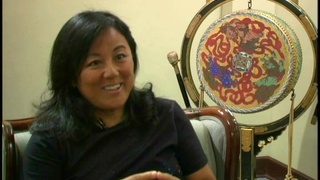
Is non-integration due to the distrust because of what happened in the Second World War? (Spanish)
(b. 1962) Peruvian Poet, Okinawan descendant
